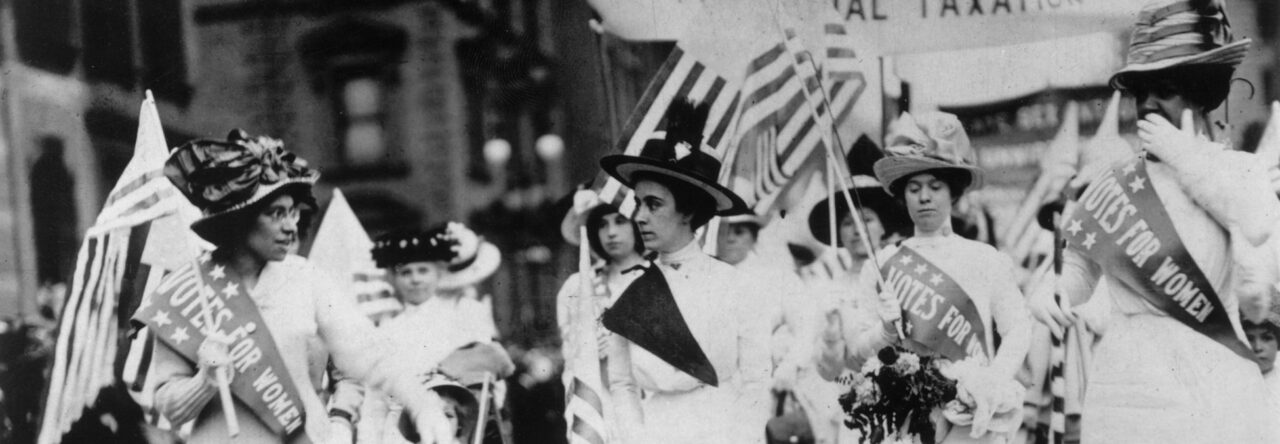 In The Washington Post on November 6th, 1912, the day after the election, it was reported that “A score and more of men and boys were arrested in the downtown section last night. Most of them were charged merely with disorderly conduct. Eleven peanut vendors were arrested for blocking traffic with their push carts.”
In The Washington Post on November 6th, 1912, the day after the election, it was reported that “A score and more of men and boys were arrested in the downtown section last night. Most of them were charged merely with disorderly conduct. Eleven peanut vendors were arrested for blocking traffic with their push carts.”
In several instances across the city, police responded to disorderly conduct that ranged from disruptive to violent with several instances of voters going to the hospital after suffering physical assaults. Eliza Thomas was suffered a blow to the head with a pipe and dispute between two young men resulted in a fistfight. This behavior was not isolated occurrence, in Kentucky, two men were killed in arguments while at the polls, as reports The Atlanta Constitution. In Lee County, the town constable was shot and killed by two brothers, who were arrested, and in Anderson County, the county magistrate shot a voter and was charged with his death.
Election day was not the only point during the season where surprisingly distressing events took place, it was merely the culmination of a rowdy period of campaigning. Only a few weeks before in Milwaukee, WI, on October 14th, there had been an assassination attempt on Theodore Roosevelt during an address. Despite being wounded, Roosevelt still gave his speech, willfully remarking “it takes more than that to kill a Bull Moose”.
Of any contest of the era, the 1912 elections were perhaps the most contentious. The Boston Daily Globe stated that “few campaigns have run through a longer period of heated controversy.” In a three way race, Democrat Woodrow Wilson emerged triumphant after Theodore Roosevelt and William Howard Taft split the Republican vote (Chace pg 3). Wilson won overwhelmingly in the electoral college, with 435 electors, but won the popular vote with only 41%. Though formerly a Republican, Roosevelt was running under the banner of the Progressive Party, and received the most votes of a third party candidate in any presidential election, with 27%. Taft won Utah and Vermont, and 23% of the popular vote, but as historian James Chace put it, he then gratefully headed back to New Haven to teach law at Yale, happy that he had not been elected for another term.
The participation rate of the electorate was expected to be very high, and this contributed partially to to amount of disruption. Though 1912 was several years before the passage of the nineteenth amendment, quite a few western states had granted women the right to vote, and in those states their influence on the results was expected to be important. In contrast to the events which took place elsewhere in the country, women were reported to be responsible, and well behaved voters. As The New York Times described the scene in Boise, Idaho, “the majority walked to the polls, cast their ballots intelligently, quietly and extremely businesslike. All were optimistic and chatted pleasantly with their friends and argued very little, seeming content to wait patiently for the returns.” What a great difference this was to Washington D.C. and Kentucky.

Leave a Reply
You must be logged in to post a comment.